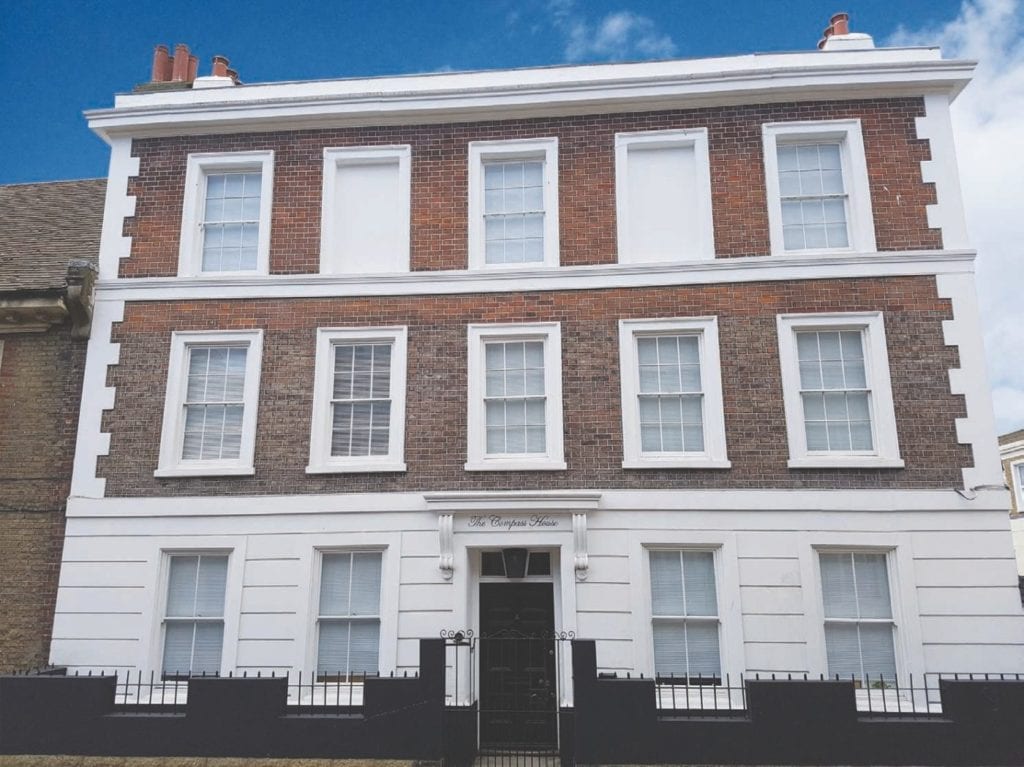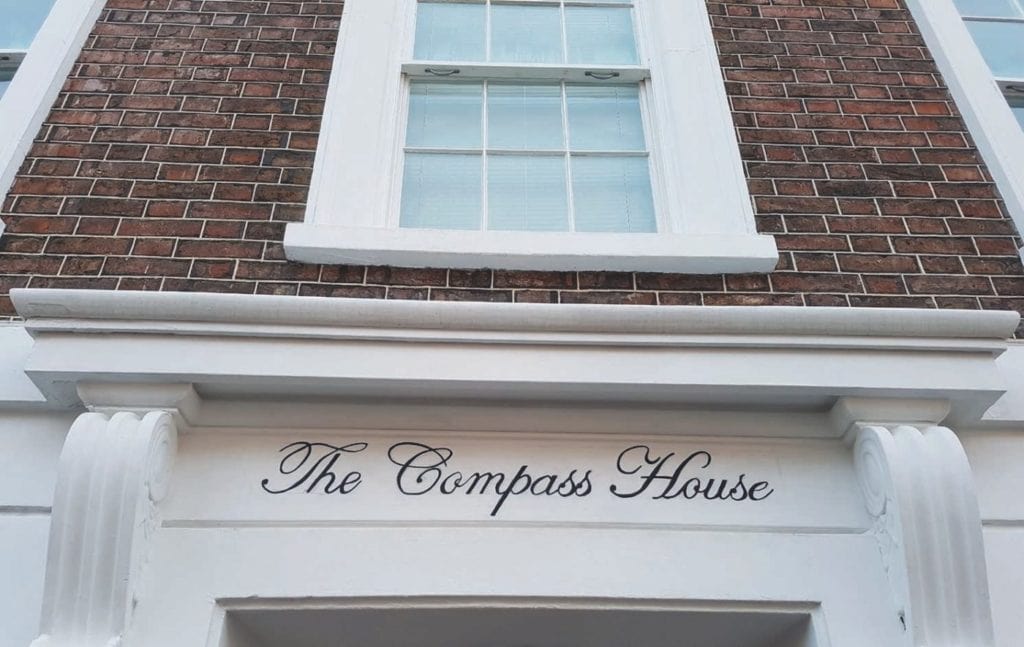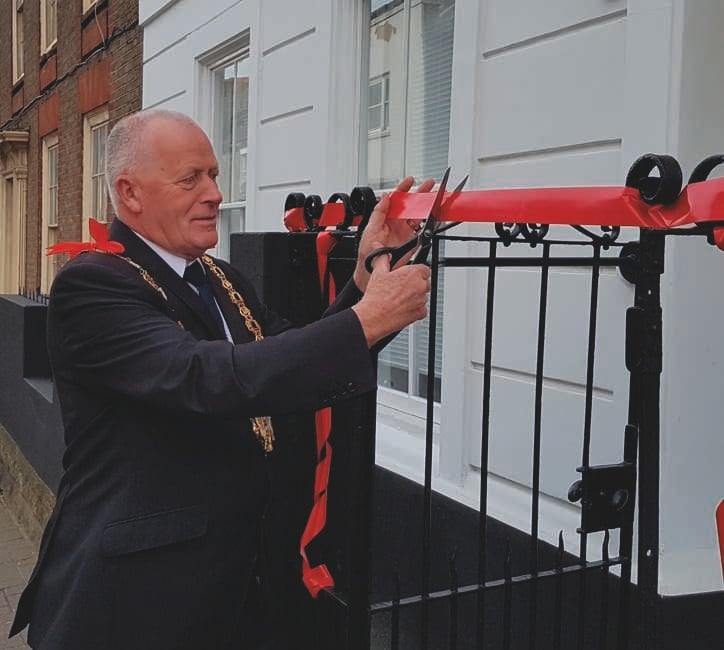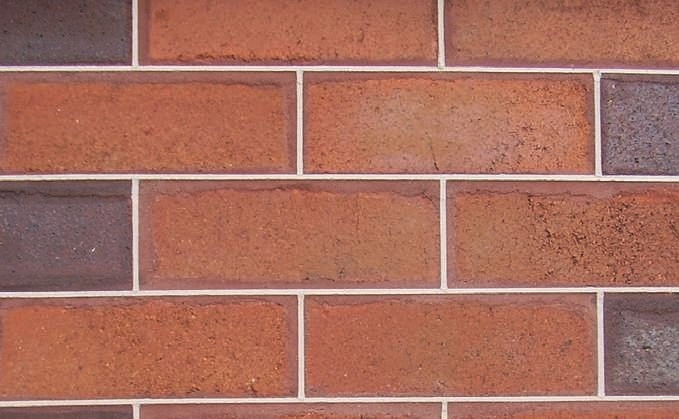Restoring the brickwork of The Compass House
Georgian Brickwork, a Kent-based team of bricklayers who specialise in the restoration and conservation of brick built period and listed properties, recently restored the brickwork of the Compass House in Ramsgate.
Ramsgate is full of beautiful listed brick properties that were built in the 18th century when the town was a popular seaside resort for Londoners wanting clean air and a seaside escape within easy each reach of the city. After many years of decline in the 20th century there is currently a resurgence in people coming to Ramsgate; still tempted by the fresh air and beaches, but also by the lure of the affordable period housing stock and the fast train to London.
Georgian Brickwork are regularly involved in property restoration projects and they were delighted to be asked to support the external repairs to The Compass House at the north end of Ramsgate’s High Street. The derelict property had been taken on by a developer who planned to gut the building internally and create several apartments. However, given the building’s listed status and prominent position on the High Street, he recognised that the brickwork needed to be sensitively restored.
Charles Reilly of Georgian Brickwork visited The Compass House to assess the current state of the brickwork and recommend a strategy for restoring it. As can be seen in the photographs, a second floor had been added at some point in the building’s history. On the side and rear elevations the brickwork lime had been finished with a ruled joint in lime mortar, whereas the brickwork on the front elevation showed signs of having originally been tuck pointed.
The nature and complexity of the programme of brickwork repairs to The Compass House required listed building consent. Once this had been granted by the local planning department Georgian Brickwork undertook an extensive programme of restoration. Across the side and rear elevations the brickwork was cleaned and a lime mortar mix was created to complement the original, in terms of aggregates and finish. However, adhering to the conservation principle of ‘minimum intervention’, only those areas where the original pointing had failed were raked out and repointed, (see box for further information on the principles of conservation).
It was agreed with the local conservation officer that the window arches on the side and all the brickwork on the front elevation would be repointed using a traditional tuck pointing method. In addition around 60 individual bricks were so badly eroded that they needed to be removed and turned or replaced. Although the task was much bigger than had been originally anticipated, the final result is stunning and a testament to the skill and craftsmanship of the Georgian Brickwork team. The building is of such local significance that the Mayor attended the official ‘topping out’ party and commented on how pleased he was to see the transformation.
What is Tuck Pointing?
Tuck Pointing is a highly decorative joint finished with a lime putty ribbon to give the impression of very fine joints. The technique was often used to create a finish similar to the appearance of gauged brickwork.
See further examples of Tuck Pointing and an example of gauged brickwork with 1mm joints.
For more information about Georgian Brickwork please visit www.georgianbrickwork.co.uk. To discuss your restoration project contact Charles Reilly, mobile: 07732 975 349 email: info@georgianbrickwork.co.uk
What are the key conservation principles?
When embarking on a restoration project involving a listed property there are some key conservation principles to keep in mind;
- Minimum loss of authenticity – avoid improvements or actions that result in a loss of authenticity -for example replacing original brick arches with preformed arches.
- Minimum intervention – if it ain’t broke don’t fix it!
- Minimum loss of fabric – aim to salvage, repair and reuse original materials wherever possible. For example where individual bricks have spalled (eroded) they often can be removed, turned and reinstated – rather than replaced.
- Reversibility – avoid changes that cannot be reversed. For example – instead of knocking down a historic garden outbuilding to create the space for a summer house, retain the historic building and look at how it can be incorporated into the design of the summer house
- Absence of deceit, or, honesty of intervention – where brickwork repairs are carried out there is a fine balance to find, to ensure that the final finish shows the ‘story of the repairs’ in such a way that maintains the integrity of the past workmanship, whilst showcasing and preserving the building for future generations. A skilled heritage bricklayer understands how to achieve this balance
Source: http://www.understandingconservation.org/content/107-conservation-strategy
Posted in: Property




